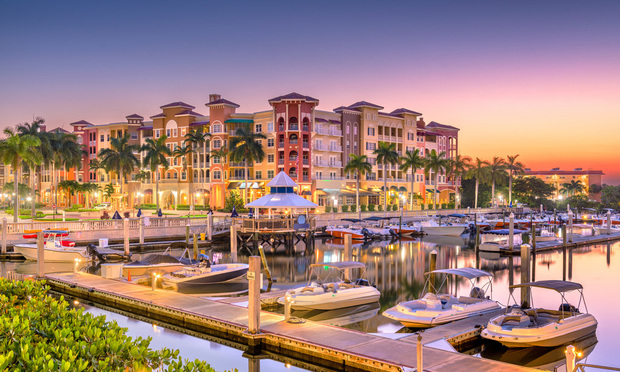 The National Flood Insurance Program (NFIP) offers flood insurance for those who live in participating communities. However, these NFIP policies typically only cover up to $250,000 in damages for most residential properties. Private insurers, on the other hand, are beginning to offer more comprehensive coverage options for coastal areas, but these policies are often more expensive than traditional policies. (SeanPavonePhoto/Adobe Stock)
The National Flood Insurance Program (NFIP) offers flood insurance for those who live in participating communities. However, these NFIP policies typically only cover up to $250,000 in damages for most residential properties. Private insurers, on the other hand, are beginning to offer more comprehensive coverage options for coastal areas, but these policies are often more expensive than traditional policies. (SeanPavonePhoto/Adobe Stock)
With climate change intensifying and coastal areas becoming increasingly affected, how will people in those areas secure insurance coverage?
Recommended For You
Want to continue reading?
Become a Free PropertyCasualty360 Digital Reader
Your access to unlimited PropertyCasualty360 content isn’t changing.
Once you are an ALM digital member, you’ll receive:
- Breaking insurance news and analysis, on-site and via our newsletters and custom alerts
- Weekly Insurance Speak podcast featuring exclusive interviews with industry leaders
- Educational webcasts, white papers, and ebooks from industry thought leaders
- Critical converage of the employee benefits and financial advisory markets on our other ALM sites, BenefitsPRO and ThinkAdvisor
Already have an account? Sign In Now
© Touchpoint Markets, All Rights Reserved. Request academic re-use from www.copyright.com. All other uses, submit a request to [email protected]. For more inforrmation visit Asset & Logo Licensing.







